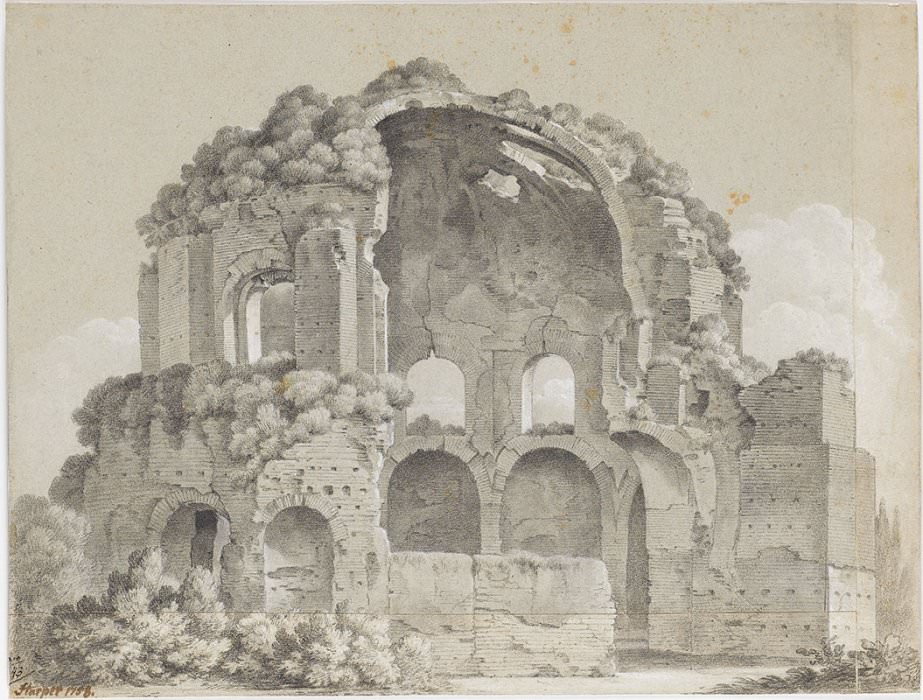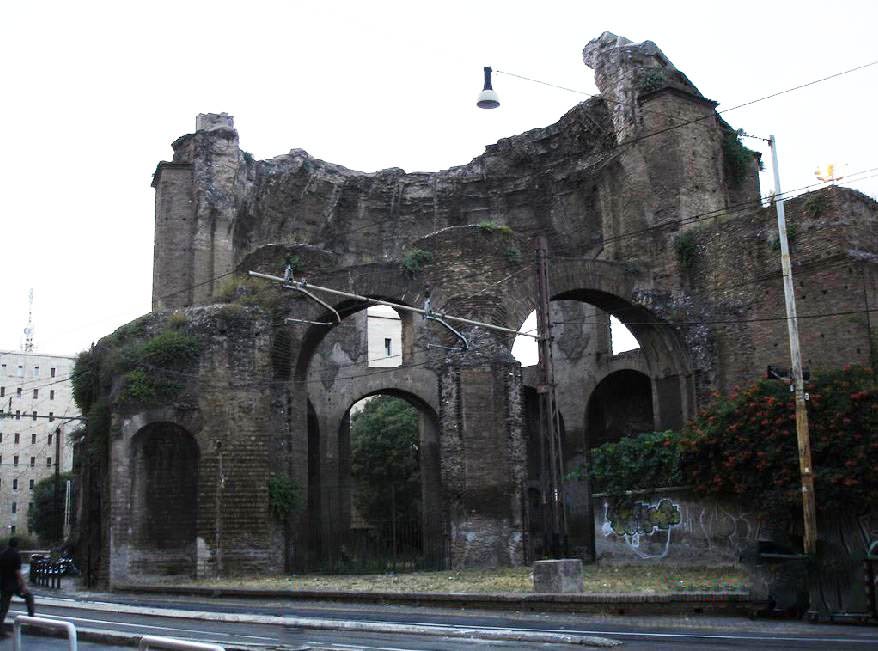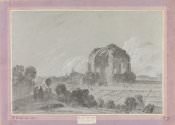Temple of Minerva Medica

A. F. Harper, Temple of Minerva MedicaAdolf Friedrich Harper, Temple of Minerva Medica, Staatsgalerie Stuttgart, Graphische Sammlung

Minerva Medica, 2013Photograph of Minerva Medica, 2013
Temple of Minerva Medica
1758, presumably elaboration of a drawing begun in Rome ca. 1752–1756
Adolf Friedrich Harper
1725–1806
Black chalk with stump and heightened with white chalk on gray paper, mounted
16⅝ x 21⅞ inches (42.3 x 55.5 cm)
The name given to the building in this drawing, “Temple of Minerva Medica,” derived from the discovery of a statue of Minerva (Athena) known as the Athena Giustiniani (Vatican Museums) in the area. It was therefore identified, erroneously, with a temple of Minerva, goddess of medicine, and was one of the most frequently drawn of all Roman monuments in the eighteenth century. In fact, it was a nymphaeum built in the second half of the third century CE, enclosing a sacred spring. It is a forlorn structure today, barely visible beside the main railway line out of Rome. Harper’s drawing is dated 1758, two years after his return to Germany.
Staatsgalerie Stuttgart, Graphische Sammlung




